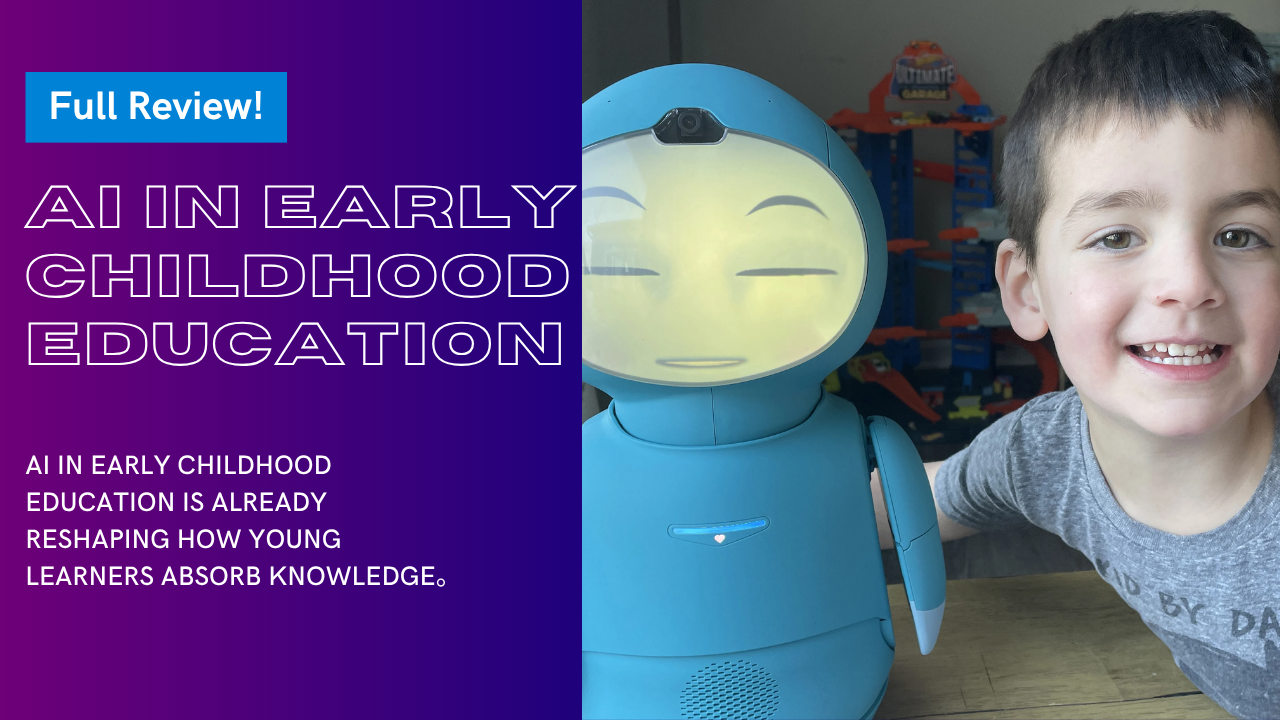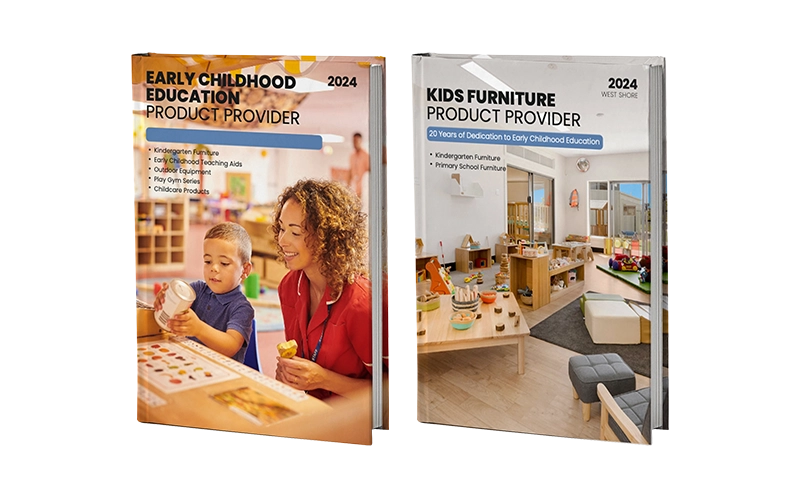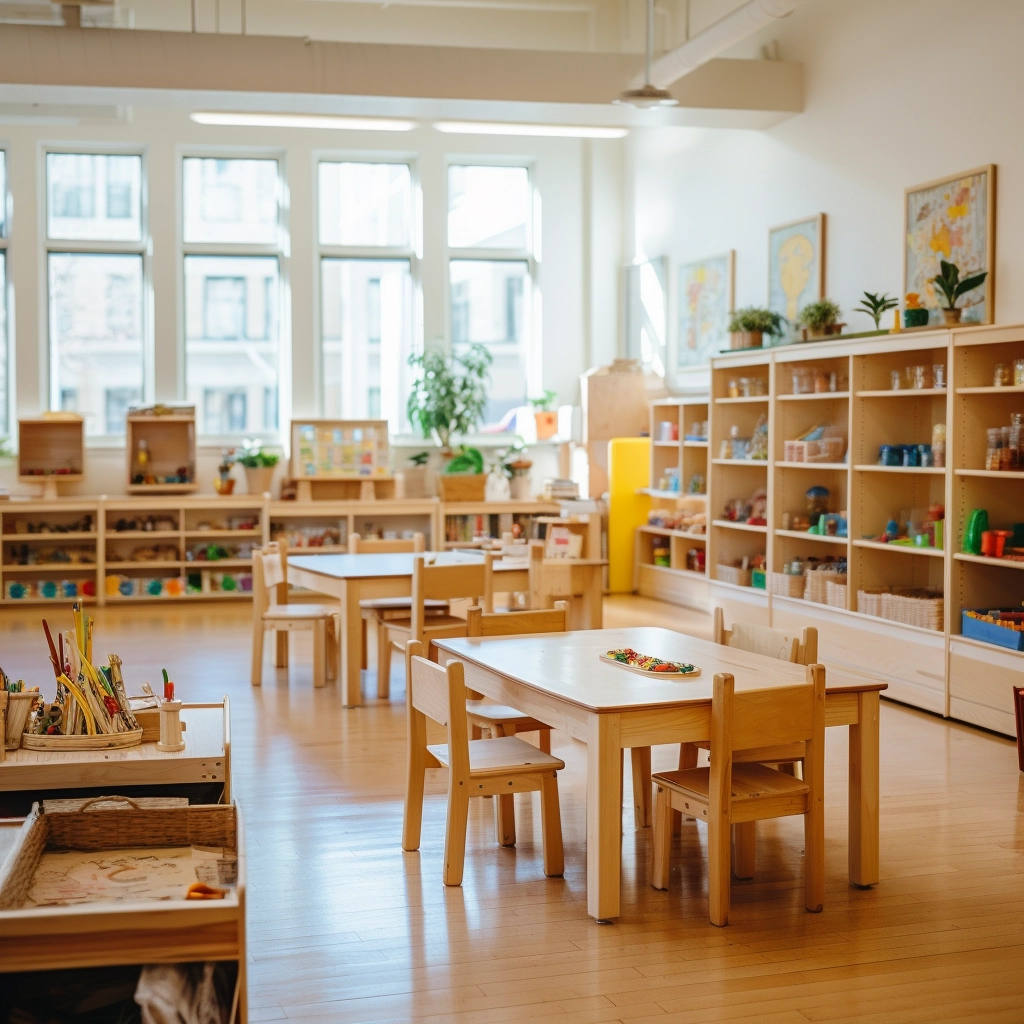Are children learning better with AI?
These questions are no longer speculative. AI in early childhood education is already transforming how young learners absorb information, engage with content, and build foundational skills. The conversation has moved beyond whether this shift will happen—it’s now about how fast.
While the concept may sound futuristic, it’s unfolding rapidly. As Samia Kazi, Middle East Regional Advisor for Childhood Education International, notes, the integration of artificial intelligence into early learning environments is not a distant possibility but an urgent reality. In her article “AI in Early Childhood – Five Things Teachers Need to Know”, initially published in The Blue DOT by the Mahatma Gandhi Institute of Education for Peace and Sustainable Development, Kazi calls on educators to take proactive steps in preparing for this technological shift.
Her insights highlight five essential considerations every educator should understand as AI reshapes the early learning landscape. Let’s explore what this means for teachers, parents, and—most importantly—our youngest learners.

Why Talk About AI in Early Childhood Education Now?
幼児でさえ、ほとんどの大人よりも速くiPadを操作できる時代です。デジタルネイティブ世代はテクノロジーに囲まれて成長しています。しかし、幼児教育におけるAIとは、派手なガジェットのことではなく、機械学習と自動化によって、子どもたちの真の認知能力と社会性の発達をどのようにサポートできるかということです。
教育者、学校の創設者、さらにはカナダのマーク(弊社の最も忠実な B2B 顧客の 1 人)のような調達担当者までもが、早期教育の精神を失うことなく AI をどのように取り入れることができるのかを問い始めています。
AI in early childhood education is not about replacing teachers—it’s about enhancing their ability to reach children where they are, at their level, and with what they need most.

幼児教育における AI とは何ですか?
AI in early childhood education (AI ECE) refers to the use of artificial intelligence technologies to enhance teaching, personalize learning, and improve classroom efficiency in early years settings. While AI cannot replace the emotional connection between teacher and child, it can serve as a powerful tool to support educators and enrich the experiences of young learners.
The market for artificial intelligence in ECE is expanding rapidly. A report from Global Market Insights Inc. estimates that the global AI education market will grow from $4 billion in 2022 to $30 billion by 2032. This surge signals a shift in how early learning environments are evolving. As Samia Kazi, Regional Director for Childhood Education International, emphasizes, “We must get engaged and proactive on these topics immediately as educational artificial intelligence is just starting to take its first steps.”
So, how can AI help in early childhood education? Here are several current applications:
- Personalized Learning: AI-powered platforms assess each child’s performance and adjust activities accordingly. This allows children to learn at their own pace, supporting both advanced and struggling learners.
- Interactive Learning Experiences: From gamified apps to AI-driven storytelling and pronunciation tools, AI makes learning more engaging and responsive to each child’s interests.
- Accessibility & Inclusion: Tools powered by AI ECD technology can help children with special needs or language barriers fully participate in classroom activities.
- Early Detection of Learning Challenges: Childhood AI systems can identify signs of developmental delays or learning disabilities, providing teachers and parents with early alerts.
- Classroom Management Support: AI automates administrative tasks like attendance, documentation, and communication with families, giving educators more time to focus on teaching.
In short, AI in early childhood education is reshaping how we approach the early years, not by replacing human connection, but by enhancing it through intelligent, data-informed support.
AI搭載ツールはすでに幼稚園で使用されている
You might be surprised to learn that AI in early childhood education is not a futuristic idea—it’s already part of many preschool classrooms today. Below are some real-world tools and systems that are being integrated into early learning environments, blending traditional pedagogy with modern technology:
- KIBO Robots (developed by KinderLab Robotics): These screen-free coding robots are widely used in early STEM programs. Children program them by arranging wooden blocks with barcodes, which KIBO scans to perform sequences. This tactile experience aligns well with Montessori and Reggio Emilia practices by encouraging open-ended, self-directed exploration, while still introducing foundational logic and problem-solving.
- Osmo Learning System: Used in thousands of kindergartens and early learning centers, Osmo combines physical play (like puzzles, drawing, or number tiles) with AI-powered vision technology. The system’s camera “sees” what children are doing on the table and gives real-time feedback, creating a hybrid play-learning experience that is both engaging and highly personalized. This is a leading example of early learning software that uses AI to guide instruction adaptively.
- StoryBots Classroom (by Netflix and Amplify): While not fully AI in itself, StoryBots has begun integrating machine learning features to customize content recommendations based on what children respond to. Some programs now allow teachers to enter a child’s name or learning goal, resulting in personalized songs and animations that boost vocabulary and concept recall, especially helpful in language acquisition and ESL settings.
- クラス道場: Though widely known for classroom communication and behavior tracking, recent updates to ClassDojo integrate AI-based sentiment analysis. This allows the system to help educators interpret classroom mood trends based on student responses and behavior patterns. It’s used by thousands of preschools globally, including bilingual institutions and Montessori classrooms, as a bridge between educators and families.
- AI-Enabled Interactive Whiteboards: Brands like Promethean and ViewSonic have introduced early education boards with embedded AI. These can recognize gestures, adjust learning content based on attention span and pacing, and allow for multimodal interaction. In some pilot classrooms in Singapore and Finland, these boards are being used in early education robot-assisted lessons, supporting both group collaboration and individual engagement.
Even Montessori-inspired environments, which traditionally favor tactile and nature-based materials, are starting to integrate these intelligent tools in a way that complements—not replaces—their core values. For instance, a Montessori school in San Diego recently introduced Osmo into their literacy corner, using it to support phonics practice while keeping materials self-correcting and hands-on. Similarly, some Reggio Emilia-inspired centers in Australia are piloting voice-based AI assistants that respond to children’s questions during project work, extending the child’s inquiry rather than directing it.
These examples demonstrate that artificial intelligence in ECE is not about turning preschools into digital spaces, but rather about using intelligent systems to enhance observation, support differentiation, and enable more flexible learning pathways, while keeping the educator’s role central.
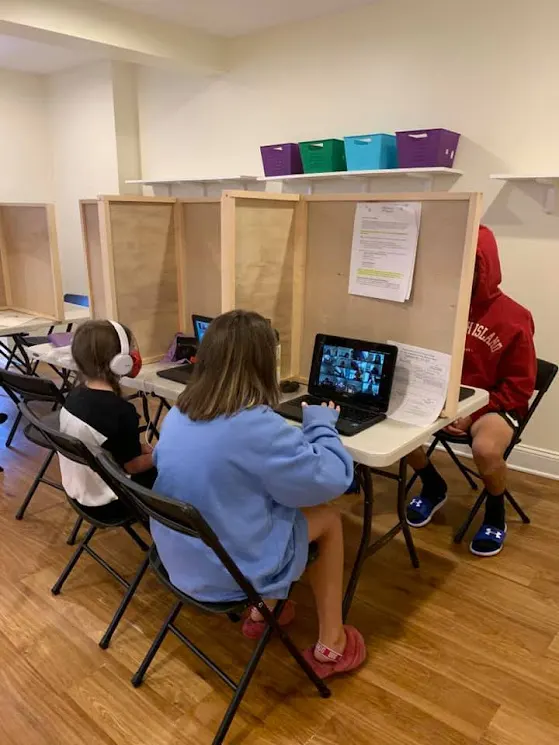
パーソナライズ学習:ゲームチェンジャー
幼児教育における AI の最大の約束の 1 つは、真のパーソナライゼーションです。
かつて教師は、1つの授業計画で20~30人の生徒のニーズをバランスよく満たさなければなりませんでした。今では、AIが以下の点を特定するのに役立ちます。
- どの子供が概念を理解するのに苦労しているか
- どの子がより高度な教材を必要としているか
- 学習者によって知識の保持方法が異なる
つまり、子どもたちは遅れをとったり、無理強いされたりすることはありません。子どもたちのレベルに合わせて指導されます。これは、脳の発達がピークを迎える0~6歳という重要な時期に非常に効果的です。
SmartyPal のようなシステムは、子どもが絵本にどのように関わっているかを読み取り、それに応じて今後の絵本を調整します。これは、受動的なスクリーンタイムではなく、深い関わりを促進する AI の完璧な例です。
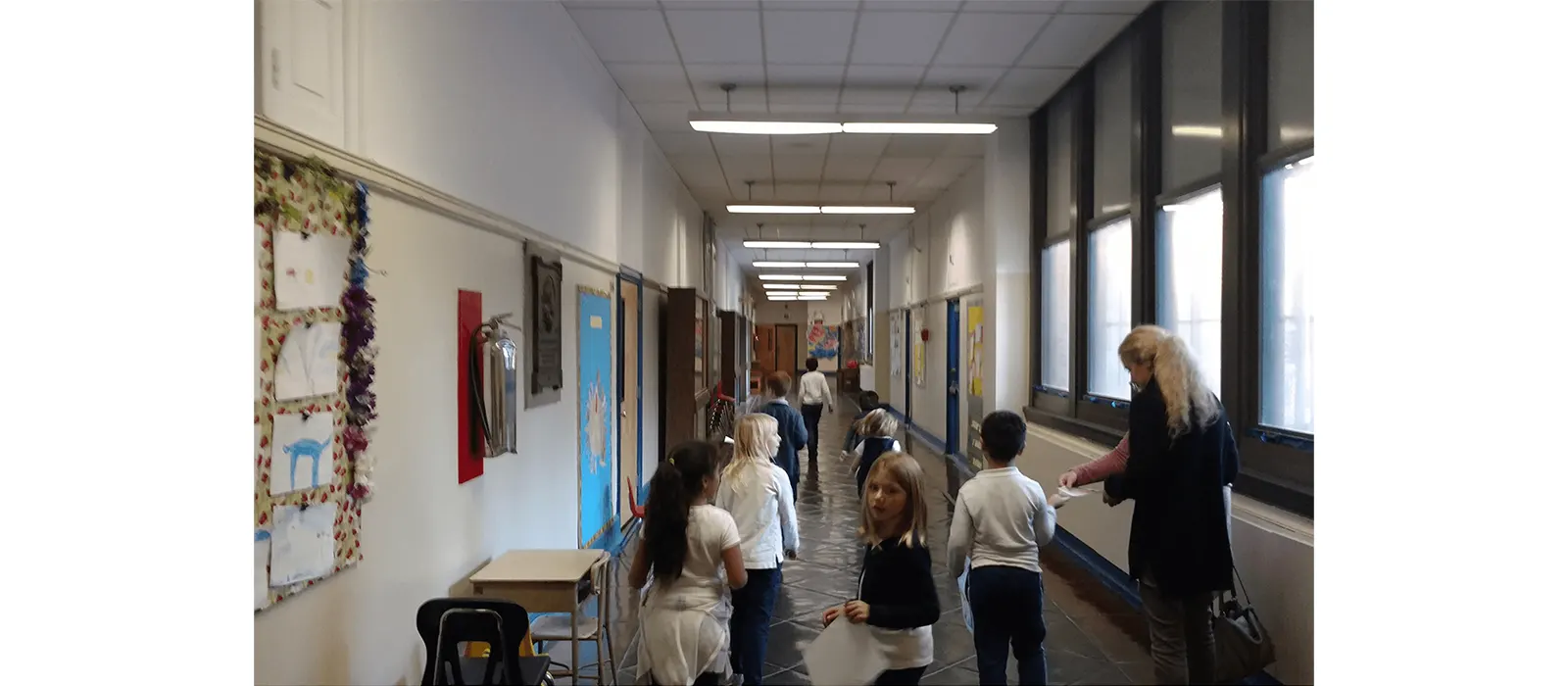
Be mindful of children’s screen time
親や教育者は、スクリーンタイムの過多や人間関係の喪失を心配しています。そして、心配するのは当然です。
しかし、ここで重要なのは、幼児教育における AI は実際のやりとりに代わるものではなく、補足するものとして最も効果的に機能するということです。
私たちはクライアントの幼稚園教室の設計をサポートする際、デジタルツールに加えて実践的な遊びと社会的な学習を統合することを常に推奨しています。
私たちは、テクノロジーが感覚、協調性、そして運動に基づいた学習をサポートするハイブリッド教室の実現を信じています。AIは必ずしも孤立を意味するものではありません。AIを賢く活用することで、子どもたちの感情を識別し、グループでの遊びを提案することで、コミュニケーションと共感を育むことができます。
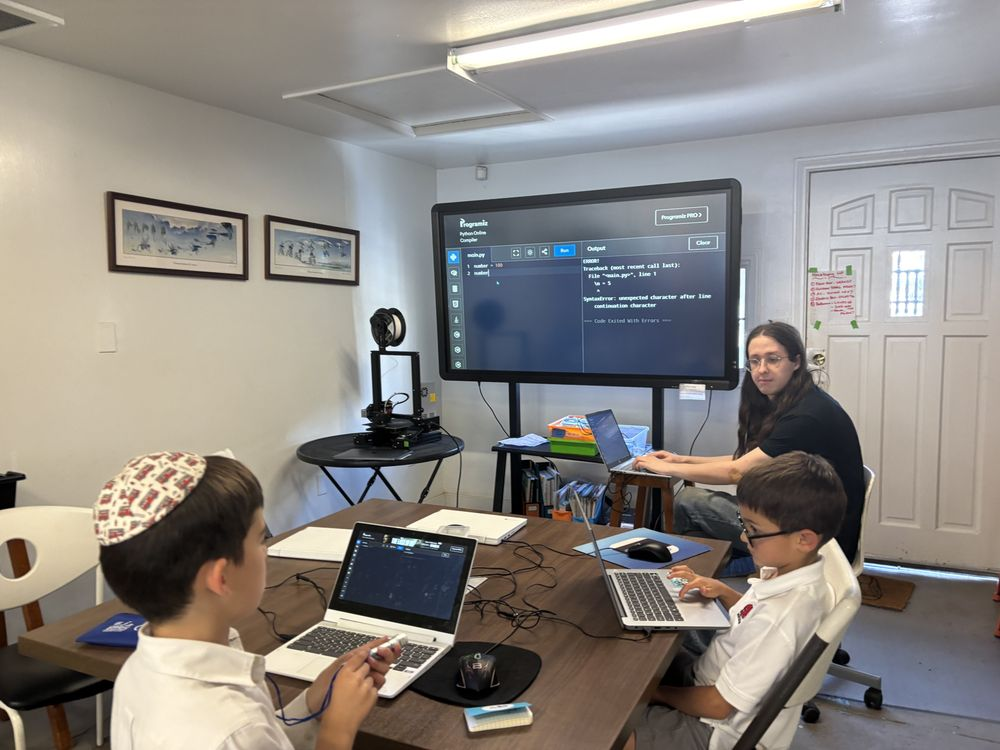
Teachers and AI combine to teach
AI will never replace great teachers. But it can make them even better.
教師が次の内容を表示するダッシュボードで一日を始めるところを想像してください。
- どの子供たちが大変な夜を過ごしたか(スマート睡眠トラッカー経由)
- 今日の読解課題で苦労しそうなのは誰でしょうか
- どの子供たちが感情的に成長しているか
そのデータを活用することで、教師はより賢明な判断を下し、よりよい活動を計画し、生徒とより深くつながることができます。
幼児教育における AI は、教師が最も得意とする子どもたちとのつながりを築くのに役立ちます。
課題と倫理的配慮
もちろん、すべてが順調で画面を見ているわけではありません。幼児教育分野に深く関わっているCEOとして、私はクライアントやパートナーに対し、AIの責任ある利用を常に強調しています。
主な懸念事項は次のとおりです。
1. データプライバシー
幼い子どもたちは脆弱です。COPPA(児童オンラインプライバシー保護法)やGDPRといったプラットフォームは、欧州で使用される場合、厳格な規制を満たす必要があります。
2. テクノロジーへの過度の依存
AIは現実世界の学習や人間関係を置き換えるのではなく、サポートするべきです。過剰な使用は、自然な遊び、探求、そして社会的なつながりを阻害する可能性があります。
3. アルゴリズムのバイアス
AIシステムは、慎重に設計されなければ、文化的または性別による偏見を強める可能性があります。企業と教育者は、開発において包括的かつ多様なデータセットが使用されるようにする必要があります。
4. 公平性とアクセス
すべての学校がテクノロジーに平等にアクセスできるわけではありません。予算の制約、インフラの不足、そして十分な職員研修の欠如により、多くの幼稚園、特に地方や発展途上地域では、AIツールの恩恵を受けることができません。教育技術提供者と政策立案者は、リソースが限られた環境でも拡張・導入可能な、手頃な価格でローテクなAIソリューションの開発に注力する必要があります。このデジタルシフトにおいて、どの子どもも取り残されないよう、公平性を最優先事項として位置づけなければなりません。
テクノロジーはその背後にある意図を反映することを忘れないでください。幼児教育におけるAIは、共感、公平性、そして倫理に基づいていなければなりません。
幼児教育におけるAIの未来
これは一体どこへ向かうのでしょうか?
今後 5 ~ 10 年で、次のようなことが起こると考えています。
- あらゆる教室にAI搭載の教師アシスタントを設置
- 多様なコミュニティのための多言語リアルタイム翻訳
- スキルだけでなく気分にも適応する感情感知学習プラットフォーム
- AI によって強化された VR/AR 学習世界が現実世界の体験をシミュレートします
- 発達データに基づいて子ども中心の環境を構築するための AI 搭載教室設計ツール
多くの先進的な幼児教育機関は、人間工学に基づいた幼児用家具とスマート学習ステーションを組み合わせ、実践的な遊びとデジタル学習をサポートする教室を作ることを検討しています。
最も素晴らしい点は?この種のテクノロジーは世界中でより手頃な価格で利用しやすくなってきていることです。予算が限られている学校でも、質を犠牲にしたり、予算超過をしたりすることなく、AIを学習環境に導入できるようになります。
結論
幼児教育におけるAIは単なるトレンドではなく、変革です。賢く活用すれば、教師の力を高め、子どもたちの学習意欲を高め、次世代をより明るい未来へと導くことができます。
この変化が続くにつれ、従来の学習と新興テクノロジーの両方をサポートする適切な環境を整えることがますます重要になります。経験豊富なパートナーこそが、大きな違いを生み出すことができるのです。

